SUMMARY
This is AI generated summarization, which may have errors. For context, always refer to the full article.
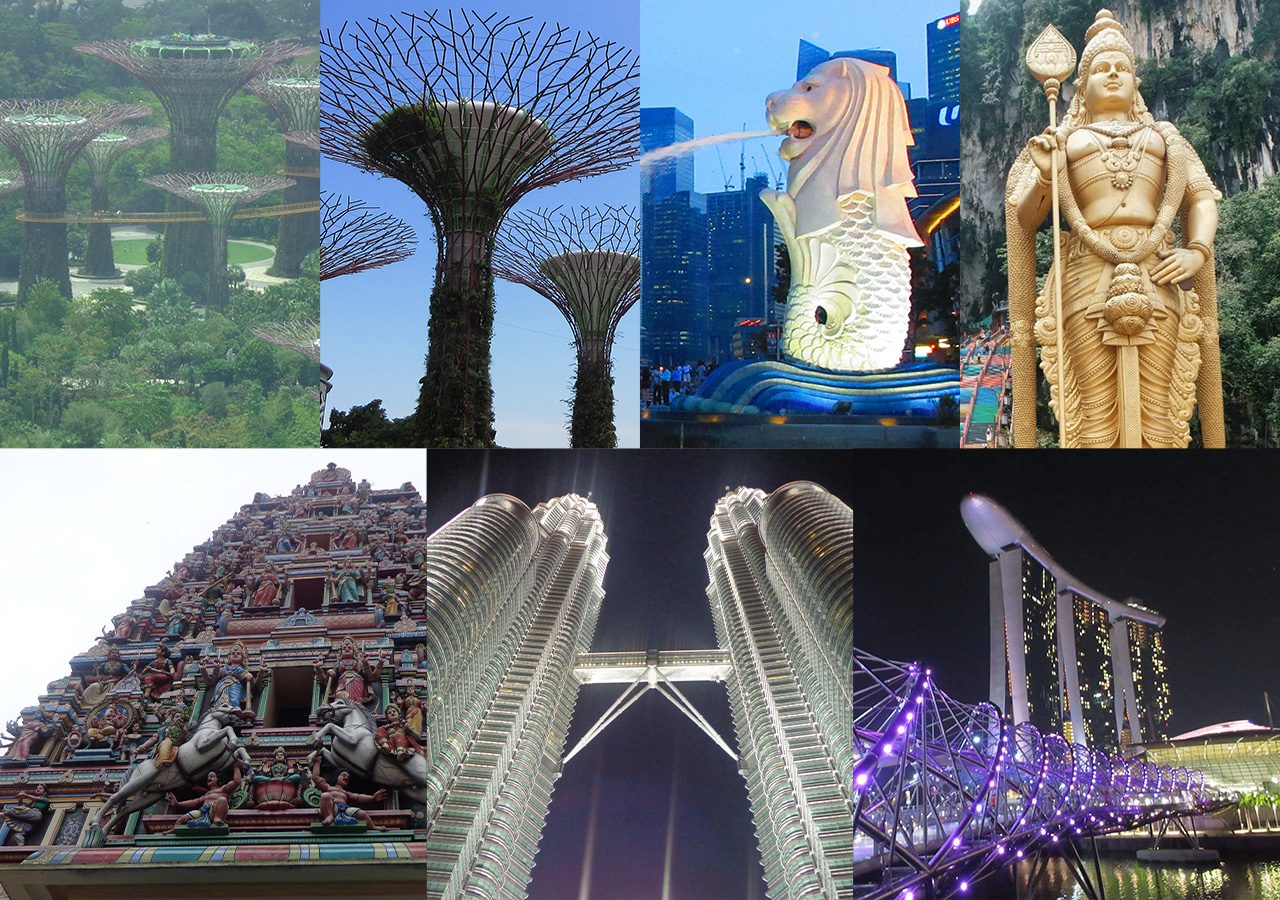
If you’re looking to visit more than one country in one trip, Kuala Lumpur, capital of Malaysia, and the city-state of Singapore are two spots you can visit. Both share a history together: Singapore used to be part of Malaysia, and both were former British colonies. Both are also melting pots of culture that mix Chinese, Malay, and Indian influences. Fast forward to today, Kuala Lumpur and Singapore are bustling tourist favorites, and two of the most developed areas in Southeast Asia. It’s easy to travel between both by land and by plane. There are frequent buses and flights to and from either one.
Getting a visa
Singapore and Malaysia are part of ASEAN, which means Filipinos can enter either country visa-free. Filipinos can stay in both countries for a maximum of 30 days.
Get into Kuala Lumpur
For this itinerary, you’ll start your trip in Kuala Lumpur. It’s easy to enter Kuala Lumpur from Manila. There are multiple flights by Philippine Airlines or Cebu Pacific. Purchase tickets weeks or months before the dates of your trip to get the lowest fares.
Get out of the airport
You have options when it comes to taking public transportation out of the airport. Your cheapest option is taking the bus to KL Sentral – fare is around RM15 one-way. There are several buses departing frequently. You can also take the KLIA Ekspres train to KL Sentral for around RM49.50 one-way. You can buy a ticket here.
Get around Kuala Lumpur
Public transportation is reliable and efficient in Kuala Lumpur. You can take the metro that connects you to different parts of the city for around RM2-RM15 depending on where you want to go. The Rapid KL is an extensive network of buses with routes around the city; fare ranges from RM1-RM5. The KL City Bus is a free option with limited routes that stop near some attractions and shopping malls.
You can also purchase a 1-day MyCity Pass for RM15 which includes RM5 credited to your Touch N’ Go card. A 3-day pass costs RM25 and includes RM5 credit to your Touch N’ Go card. The pass provides you with unlimited rides on the BRT and Rapid KL rail.
Get around Singapore
Singapore has an extensive network of rail and bus transportation options for visitors. It’s easy to get around the city without taking a taxi. You can buy a Singapore Tourist Pass which allows you to use public transportation an unlimited number of times for 1 (SGD20), 2 (SGD26), or 3 (SGD30) days. You can read more about your options here. Singapore also has a stored-value smartcard which you can use and reload. This costs SGD10 and includes an SGD5 initial value.
Crossing the border from Kuala Lumpur to Singapore
The border crossing between the two countries is straightforward and simple.
By plane
The fastest way to get to Singapore from Kuala Lumpur is by plane. The flight takes less than an hour. However, you have to factor in the time you need to get to the airport, wait for departure, take your luggage (if you have checked stuff in), and travel to your accommodation. A flight is also more expensive even if you book weeks or months before your trip. In my opinion, taking the plane is only worth it if you buy a ticket for an early morning flight or one late in the evening so you have one full day in Kuala Lumpur or Singapore. Browse Skyscanner or your preferred website to look for the cheapest flights.
By bus
The bus trip takes around five hours. The duration of your trip will also depend on how busy the border crossing is. You must get through immigration and security before you board your bus again. The fare starts at RM52 then increases depending on the type of bus. Factor in the travel time between the two cities when planning your itinerary for the day.
Itinerary
*This itinerary assumes you start with one full day.
Day 1 – Kuala Lumpur
Kickstart your first day by visiting Merdeka Square. This sprawling park square is the go-to spot for public events, parades, and rallies. Here you’ll spot many historic colonial buildings, a Victorian-epoch fountain, St. Mary’s Church, and the Sultan Abdul Samad Building, just to name a few. A short walk from the square is the Kuala Lumpur City Gallery where you can learn more about the city. Not too far from Merdeka Square is the Sri Mahamariamman Temple. The latter dates to 1873; the Pillai family owned it at that time and then later opened it to the public in the 1920s. Its most striking feature is its colorful tower. After a visit to the temple, you can head on over to Central Market and Kasturi Walk. Here you’ll find stalls and shops. The area is also a good place to find cheap eats in the city.
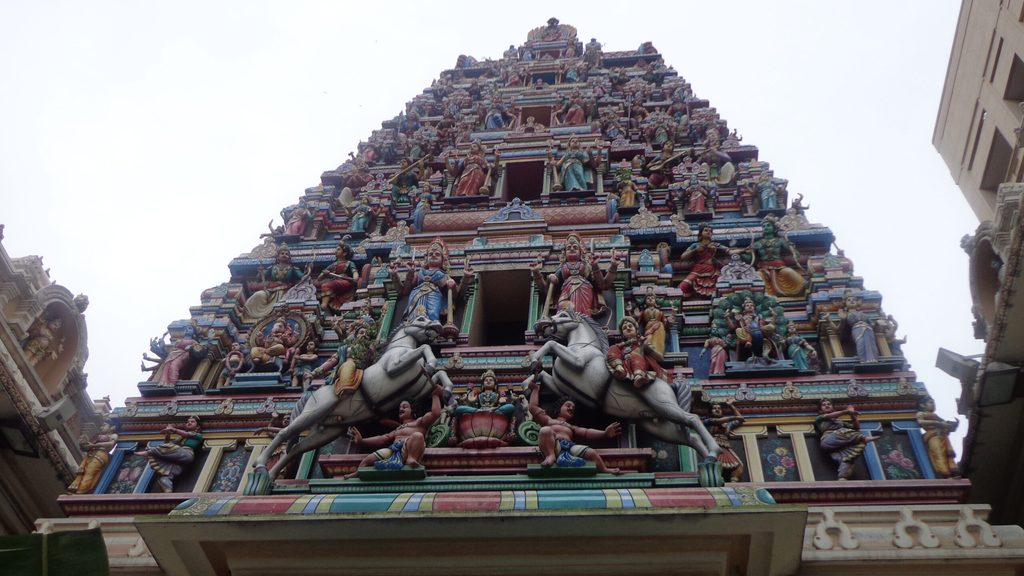
After lunch, make your way to one of the most popular destinations in Kuala Lumpur, the Batu Caves. This Hindu shrine is dedicated to the god of war, Lord Murugan. You’ll immediately see a statue of the god once you arrive. You’ll have to climb more than 200 steps to reach the actual cave. Both men and women should dress appropriately when entering the complex (preferably pants and covering the shoulders). You’ll have to pay extra to access the Dark Cave and Ramayana Cave.
How to get to Batu Caves: Take the KTM train directly to Batu Caves from KL Sentral. The trip takes around 40 minutes one-way.
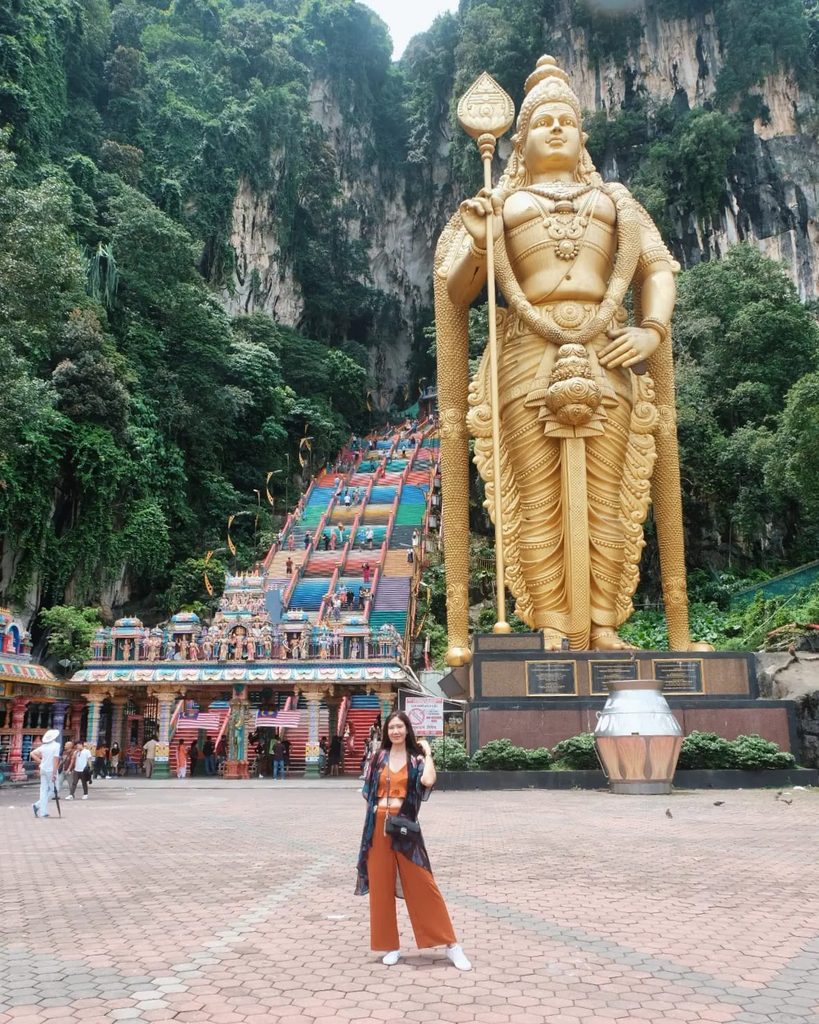
After your visit to Batu Caves, return to the city and hang out somewhere in Bukit Bintang. The latter is a shopping and dining district, with many malls and shops all around it. From here, you can go to the most iconic building in the city, the Petronas Towers. The towers are quite lovely at night when they light up the sky. It costs RM80 to go up the tower, with discounts for children and senior citizens. You can grab a bite somewhere in KLCC or in Bukit Bintang.
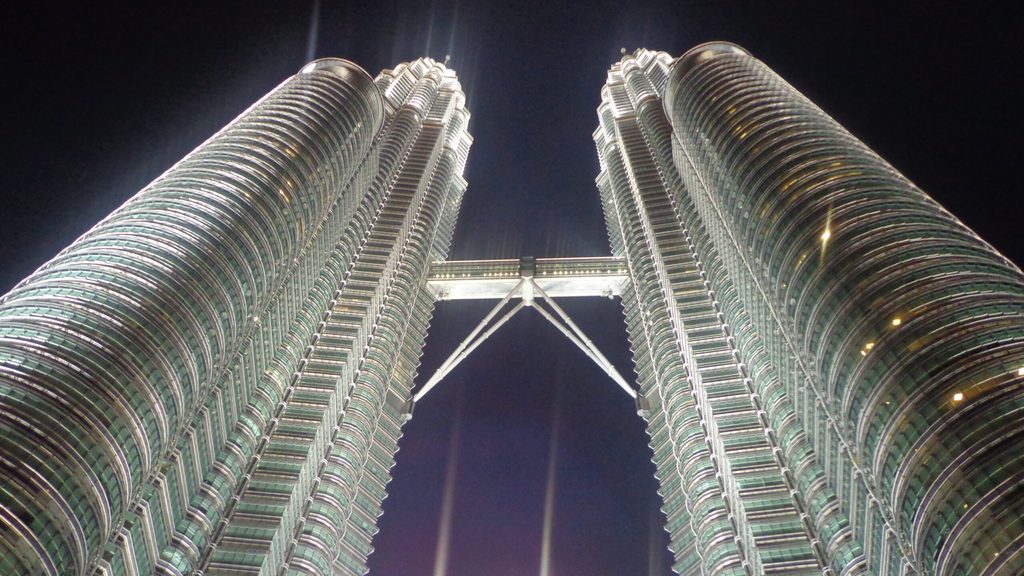
Day 2 – Kuala Lumpur
Start your second day with a morning trip to Thean Hou Temple. The latter is a city landmark that’s popular with both locals and visitors. This Buddhist temple has instantly recognizable features such as detailed carvings, lanterns, statues, pavilions, and others. Construction of the temple finished in 1987.
How to get to Thean Hou Temple: You’ll have to walk to the temple from KL Sentral. This can take around 30 minutes or longer. Alternatively, you can take a taxi or book a car using the Grab app.
Make your way back to KL Sentral and then head on over to the National Museum. This is where you’ll learn more about the culture and history of Malaysia. There is an RM5 entrance fee for foreigners. After your trip to the museum, make your way to Petaling Street, Kuala Lumpur’s Chinatown. There are shops, food stalls, and restaurants lining the street. You can have lunch in this area. Spend the rest of the afternoon visiting the National Mosque and the Perdana Botanical Gardens. The latter is a huge green space within Kuala Lumpur’s urban sprawl. The garden itself is free but there are paid attractions such as the KL Bird Park RM75 for adults and RM50 for children and the Butterfly Park RM25 for adults and RM13 for children.
Eat dinner somewhere in Bukit Bintang, Petaling Street, KLCC, Central Market, or other places you like.
Day 3 – Singapore
Today is the day you cross the border from Kuala Lumpur to Singapore. The trip will take around five hours. Eat a heavy breakfast or brunch if you plan on leaving later in the day.
*If you still have the energy after a day of going around the city, you could leave the night before to save on accommodation. IMO five hours is too short to have a good night’s sleep on an overnight bus, plus you have to go through border control on both sides.
If you arrive in the afternoon, you’ll have plenty of time to see some of Singapore’s highlights. Check in your accommodation and head on over to the Esplanade by bus or the MRT. This is the area where you’ll see some of the city’s most iconic landmarks such as the Merlion, Helix Bridge, the ArtScience Museum, and Marina Bay Sands. It could take some time, but you can definitely walk to all of them or take the bus or MRT to the nearest station. The Esplanade is an excellent place to watch the sunset or light show. You’ll also find plenty of places to eat and drink in this area.
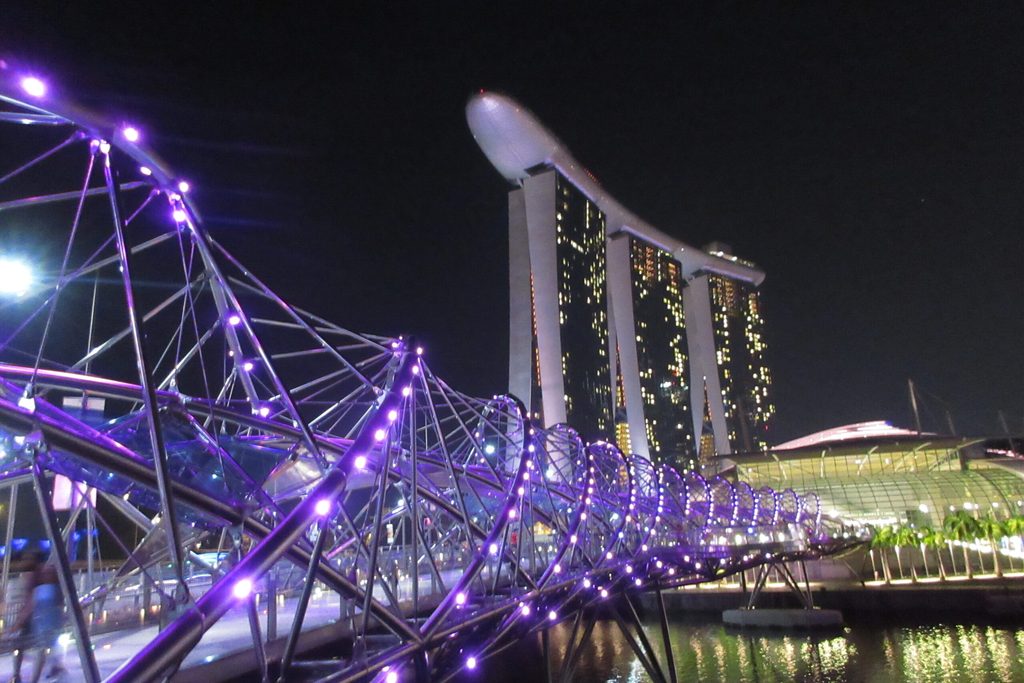
After eating lunch or dinner or both, make your way to the Gardens by the Bay to see another Singapore landmark, the Supertrees. These impressive man-made “trees” light up at night. Walking along the area is free but you have to pay SGD10 for the OCBC Skyway and SGD14 for the Supertree Observatory.
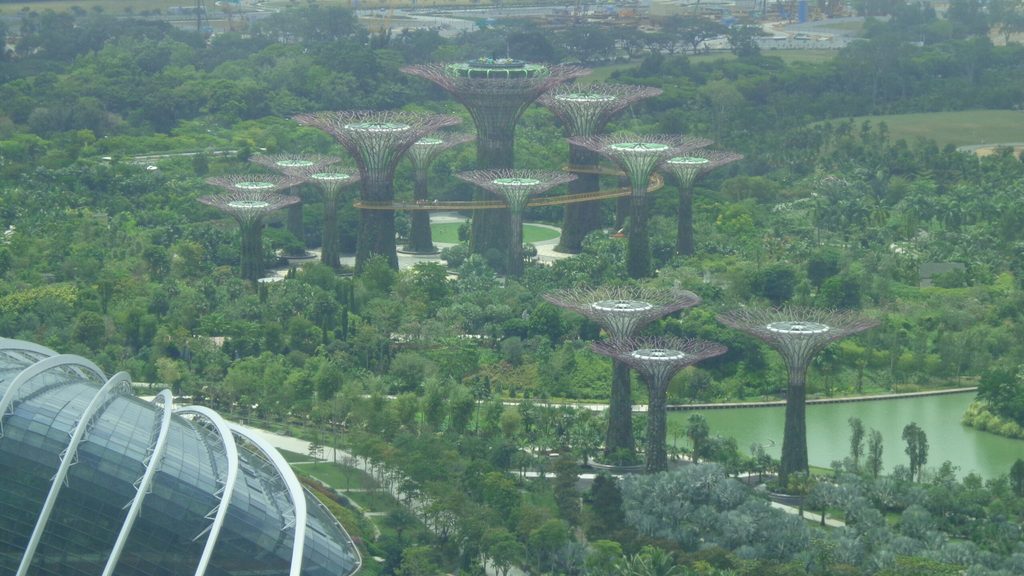
Day 4 – Singapore
Start your day in Chinatown to feel the hustle and bustle of this vibrant district. Shop at one of the stores and/or grab a bite in one of the restaurants. Make your way to the Buddha Tooth Relic Temple to see Buddhist relics and artifacts. After exploring Chinatown, make your way to Clarke Quay. The latter has plenty of dining and entertainment options (this area comes alive at night). You can go on boat rides or simply walk along the river. Other attractions you might be interested in within walking distance from Clarke Quay are Fort Canning Park, the Asian Civilizations Museum (SGD25 for adults), the National Gallery of Singapore (SGD20 for adults), and the National Museum of Singapore (SGD15). Make a quick stop at Raffles Hotel to see an example of colonial architecture in Singapore. If you haven’t eaten already, you can walk a bit more from Raffles Hotel to Haji Lane, the city’s indie neighborhood lined with cafes, restaurants, and shops.
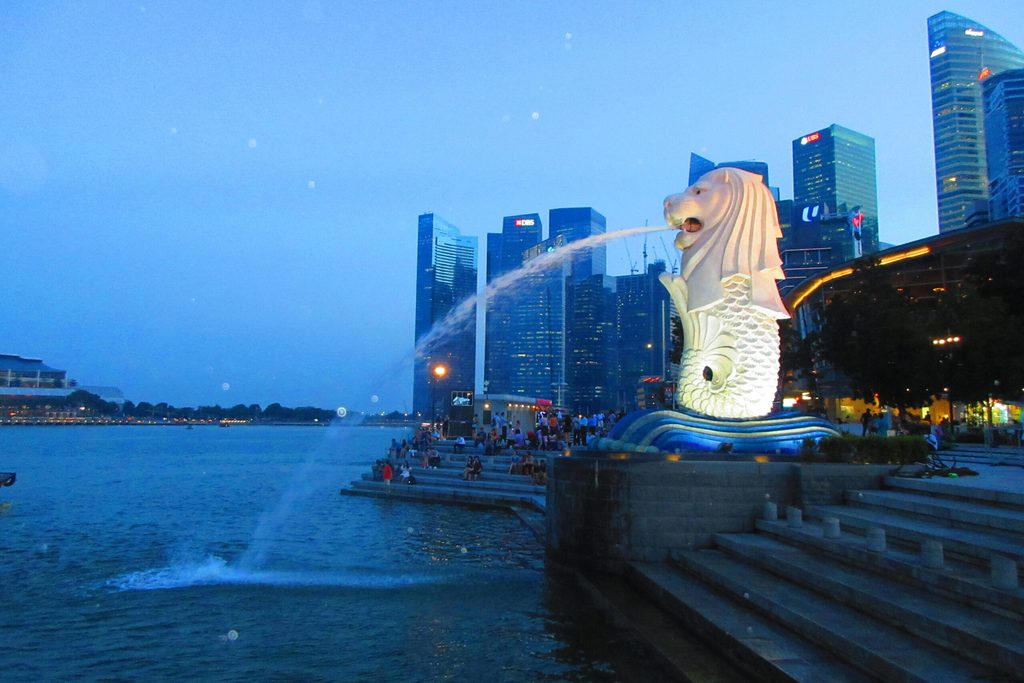
Go back to Gardens by the Bay to visit the Flower Dome and the Cloud Forest. Both are simulations of natural environments which showcase the ingenuity of Singaporeans. Entrance fee for both is SGD53. After spending time in Gardens by the Bay, head on over to the Singapore Flyer. The latter provides you with different kinds of experiences such as dining or the celebration of a special occasion. It’s also a great way to get overlooking views of the city. A ride costs SGD40.
An alternative to the abovementioned itinerary is to spend the entire day in Universal Studios and Sentosa Island. A one-day ticket costs SGD82 for adults and SGD61 for children aged 4-12 years old.
You can buy tickets here.
Day 5 – Singapore
Depending on where you’re staying and your flight time, you can do some last-minute shopping before leaving your accommodation.
How much will you spend?
A budget of approximately P2,800 a day per person for the itinerary above is enough for both Kuala Lumpur and Singapore. The amount mentioned is an average of the money you’ll spend in both cities. Kuala Lumpur is cheaper than Singapore (by a lot). The average rises because of the high cost of living in Singapore for both tourists and locals. You can spend somewhere around P1,500 to P2,000 a day in Kuala Lumpur, while spending around P4,000+++ a day in Singapore. This budget covers a bed in a dorm room, meals at hawker stalls or the occasional splurge in a nice restaurant, one or two paid attractions, taking public transportation, and doing mostly free activities. You’ll spend more in Singapore if you decide to go to a theme park like Universal Studios or visit other attractions in Sentosa or go on a shopping spree.
Budget tips
You don’t have to spend a fortune whenever you travel to another country. There are ways to save money regardless of how expensive a country is. Here are some tips for your trip to Kuala Lumpur and Singapore:
- Purchase a day or multi-day pass for public transportation. This saves you a lot of money, especially if you take the bus or metro all the time.
- Take the bus to cross the border from Kuala Lumpur to Singapore instead of a flight.
- Consider staying in a hostel dorm. This is cheaper than staying in a private room, especially if you’re traveling alone.
- Eat at hawker stalls or food halls while in Singapore and Kuala Lumpur.
- Ride the free KL City Bus and walk to attractions near its stops.
– Rappler.com
Add a comment
How does this make you feel?


![[ANALYSIS] How one company boosts farmer productivity inside the farm gate](https://www.rappler.com/tachyon/2024/06/bioprime-farmgate-farmer-productivity-boost.jpg?resize=257%2C257&crop=465px%2C0px%2C1080px%2C1080px)

![[In This Economy] Is the Philippines quietly getting richer?](https://www.rappler.com/tachyon/2024/04/20240426-Philippines-quietly-getting-richer.jpg?resize=257%2C257&crop=194px%2C0px%2C720px%2C720px)



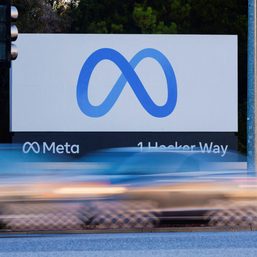








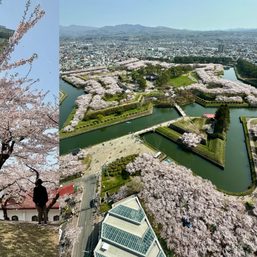
![[Ilonggo Notes] Guimaras: Geared up for success](https://www.rappler.com/tachyon/2024/05/Ilonggo-Notes-Guimaras-May-6-2024.jpg?resize=257%2C257&crop=298px%2C0px%2C720px%2C720px)
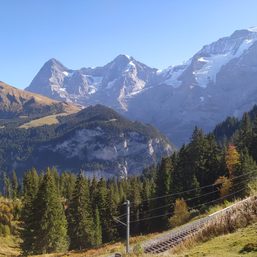
There are no comments yet. Add your comment to start the conversation.